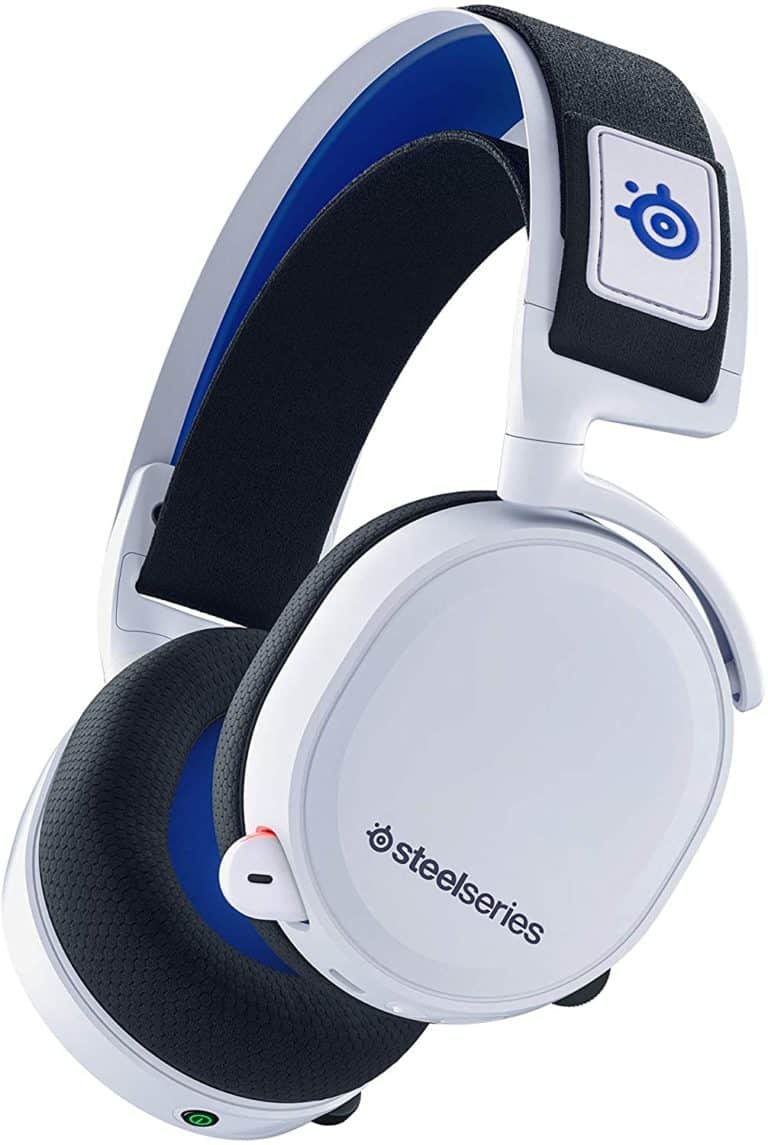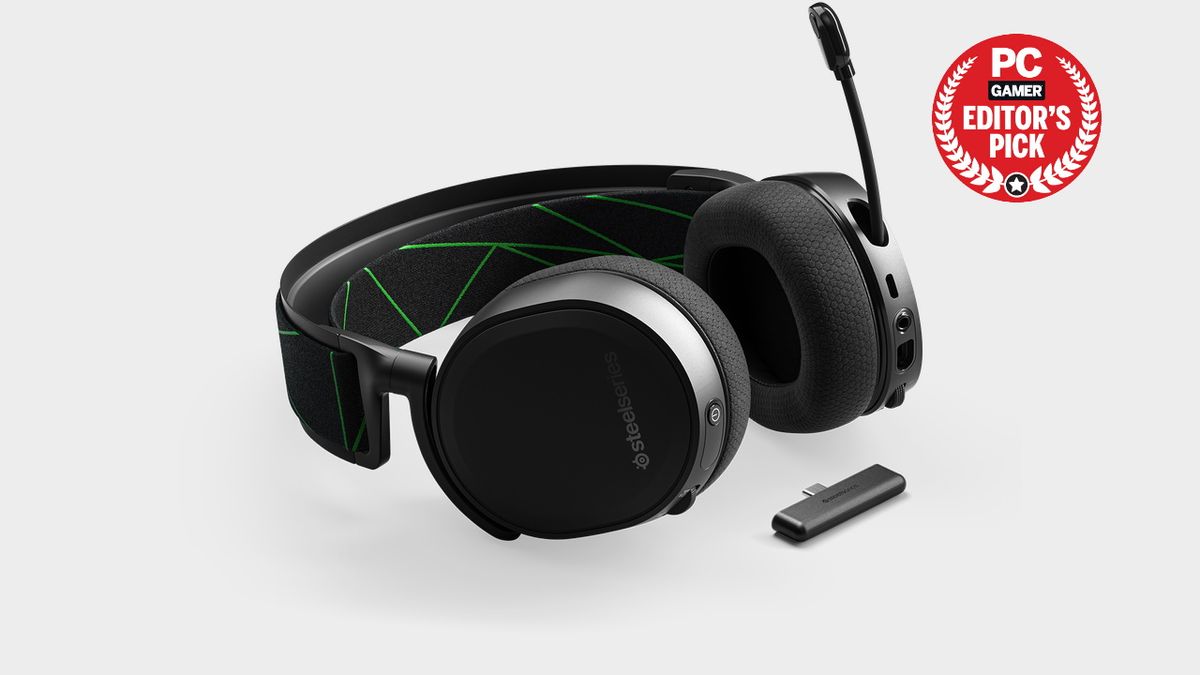
I tested these right after the Arena 9 speakers, so while the headset sounded a little thin overall, that's probably because it lacked a speaker subwoofer or DAC like the pricey flagship Arctis Nova Pro Wireless. It's the same wide USB-C dongle that SteelSeries uses for other headsets, but given that this model is specifically for the Xbox, and part of the Designed for Xbox program, it's a bit annoying that you need to use an adapter (it comes with an adapter and extension cable) to plug it into the USB-A port. The on-earcup controls include separate 2.4GHz and Bluetooth power/pairing buttons and a game/chat balance dial. Another great change is the battery life, which jumps from 24 to 38 hours, plus it gets 6 hours on a 15-minute charge. That's always a good thing for a headset. The headset has lost quite a bit of weight, as well - about 28 grams - putting it at a moderate 325 grams. On the upside, that means it was quite comfy with my glasses on.

The Arctis Nova 1 turned out to be the best fit this Goldilocks go-round.

That's falling-off-if-I-lean-my-head-forward loose. SteelSeries has fiddled with the comfort: The fabric plus memory foam ear cushions still feel great, but now it's too loose on me, even with the headband elastic at its smallest and the earcups unextended. My favorite of the previous generation was the Arctis 7, with its combination of comfort, features and quality. And if you don't need the wireless, you can save $80 on the Arctis Nova 3, which is similar - plus it has lighting. There are few audio controls on the Xbox - it doesn't even report the name of the headset or the battery level - but that's not really SteelSeries' fault. The 7P and 7 models aren't likewise compatible with the Xbox Series X and S, but you can connect to the Xbox through the analog jack on your controller.

Though they're intended for Xbox and Windows users, these headsets are compatible with the PS5 (including Tempest 3D support).



 0 kommentar(er)
0 kommentar(er)
